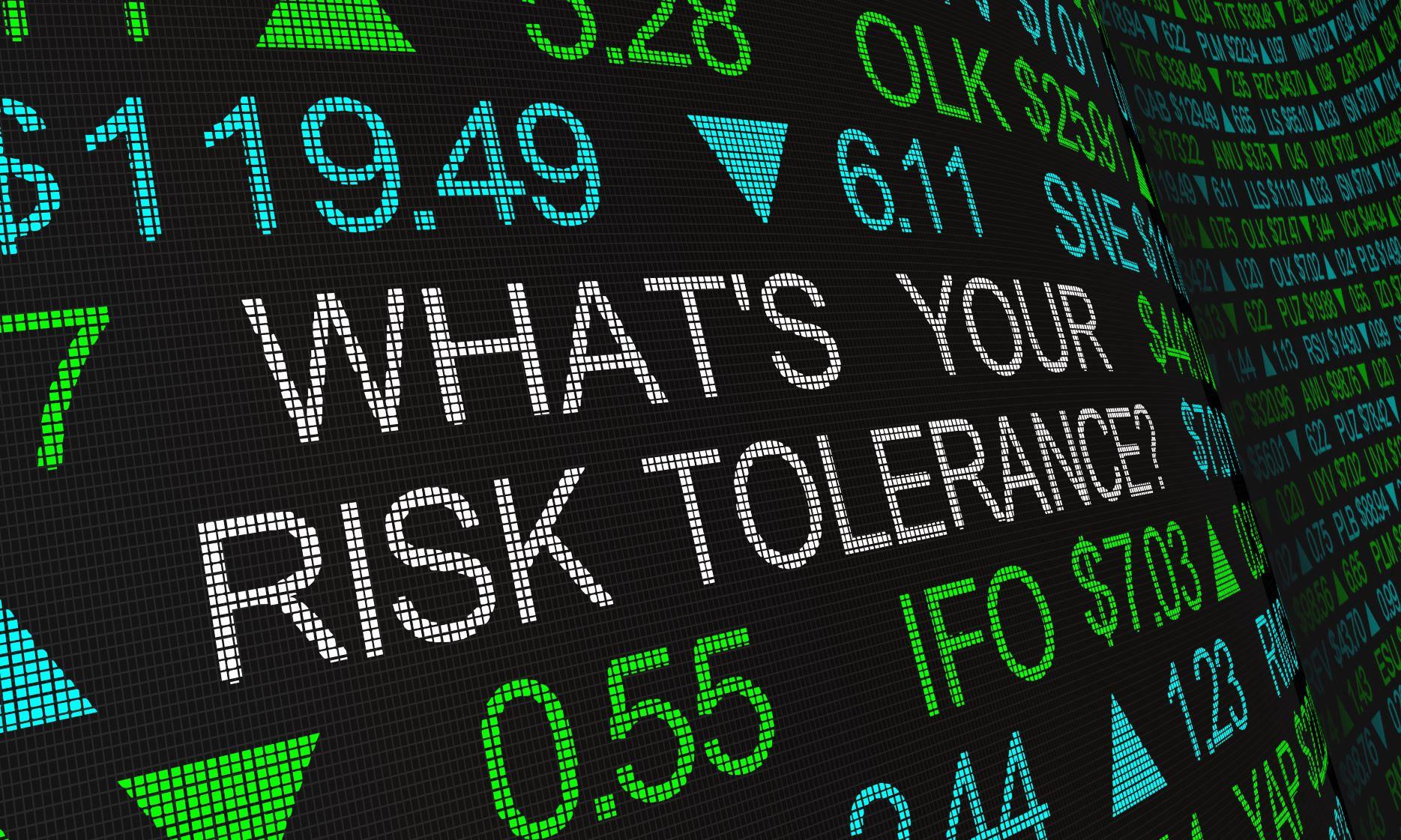This website is strictly for educational purposes and is not intended to provide specific legal, financial, or tax advice. Phil Cannella and Joann Small are licensed professionals in the insurance industry. Crash Proof Retirement, LLC. does not recommend or sell securities to anyone at any time. Any interviews conducted by Retirement Media, Inc ®. published on this website are not to be considered endorsements. Crash Proof Retirement, Crash Proof Retirement Show, and Retirement Media, Inc. ®, and all related uses, are federally trademarked with the United States Patent and Trademark Office. Any company or individual found violating these federal trademarks will be vigorously pursued through all available legal avenues and penalized to the fullest extent of the law. © 2024 Crash Proof Retirement, All Rights Reserved.

What is Your Risk Tolerance and How Does It Change as You Get Older?
- June 2, 2022
- Phil Cannella
- Blog
- 0 Comments
If you are saving for retirement, there are a range of investment vehicles to choose from that can help you reach your goals. Most of them, however, come with a certain degree of risk. When the economy crashes, investors typically lose the gains they have made; others may even lose their principal investment and be left with nothing. One of the most important aspects of retirement planning is knowing how much risk you can tolerate. Today, the licensed team of retirement phase experts at Crash Proof Retirement would like to share some information about how your tolerance for risk changes as you approach retirement age.
What is Risk Tolerance?
The definition for this term is fairly simple – risk tolerance measures an investor’s ability and willingness to expose themselves to losing money in their investments. Conventional wisdom tells us that there is no reward without risk-taking, and that as risk increases, so do the potential rewards. While this is true for younger investors who have the time to grow back portions of their nest egg in a down market, retirement phase investors do not, and therefore, must consider how much risk could impact their lifestyle.
Before you make any investment decisions, think about your financial situation, your age, the assets you own, and your retirement goals. These factors will help determine your tolerance for risk. Additionally, ask yourself these questions: Are you living paycheck to paycheck, or do you have a significant financial cushion to support you? Do you own valuable assets that could be sold if you lose money on an investment? Do you have a family that is depending on your financial support to have a good life? Are you planning to retire in the next few years? The answers you provide to these questions will help you determine whether you can afford to lose money on an investment without it dramatically changing your lifestyle.
How Does Your Risk Tolerance Change as You Age?
Generally speaking, the younger an investor is, the more risk they can tolerate. If a younger investor loses money on an investment, they will have plenty of working years left to rebuild their savings. Older investors, on the other hand, may already be retired or only have a few years left in their working career. Since retirees generally lack a stream of earned income, a stock market crash would be financially devastating, and thus the risk tolerance of older investors is low.
We saw the real-life application of risk tolerance during the stock market crashes of 2008 and 2020. These crashes wiped out trillions of dollars in wealth from American households and their effects were felt for years. During these periods of financial turbulence, younger investors were able to weather the storm and rebuild their nest egg. Those who were older and planning to retire during those years were not so lucky. Older Americans were forced to alter their retirement plans as many were unable to recoup their losses because they simply did not have enough grow back time.
Do You Need to Accept Risk in Your Retirement Investments?
Retirement investors are conditioned to believe that they must take risks in order to build a nest egg. At Crash Proof Retirement, we know that this is simply not true. Some of the most popular investments today include high-risk stocks, bonds, and mutual funds, and they are also the riskiest. These investments sink rapidly during stock market crashes. If you are depending on them as retirement savings vehicles, you are taking the unnecessary risk of losing your unrealized gains, and worse, you could lose your principal investment, which can have a drastic impact on your retirement peace of mind.
The truth is that Wall Street works just like a casino. A small number of investors have gotten rich by taking risks, but this is not the case for most people. Investors who are approaching retirement age (and even risk-averse younger investors) should look at safe alternative investments outside the high-risk securities industry. At Crash Proof Retirement, we use safe and secure Crash Proof Vehicles, which have already protected over 5,000 consumers from losing their principal during stock market crashes. You can protect yourself using investments that are based in the financial life insurance industry, which are guaranteed to prevent you from losing your principal during a stock market crash and credit interest at rates similar to securities-based investments.
Call Crash Proof Retirement today at 1-800-722-9728 to schedule your complimentary financial checkup, where you will get all the information you need to develop a sound retirement plan in Bucks County or anywhere else nearby. You can also visit https://crashproofretirement.com to begin your exclusive educational process today.


Leave a Reply
You must be logged in to post a comment.